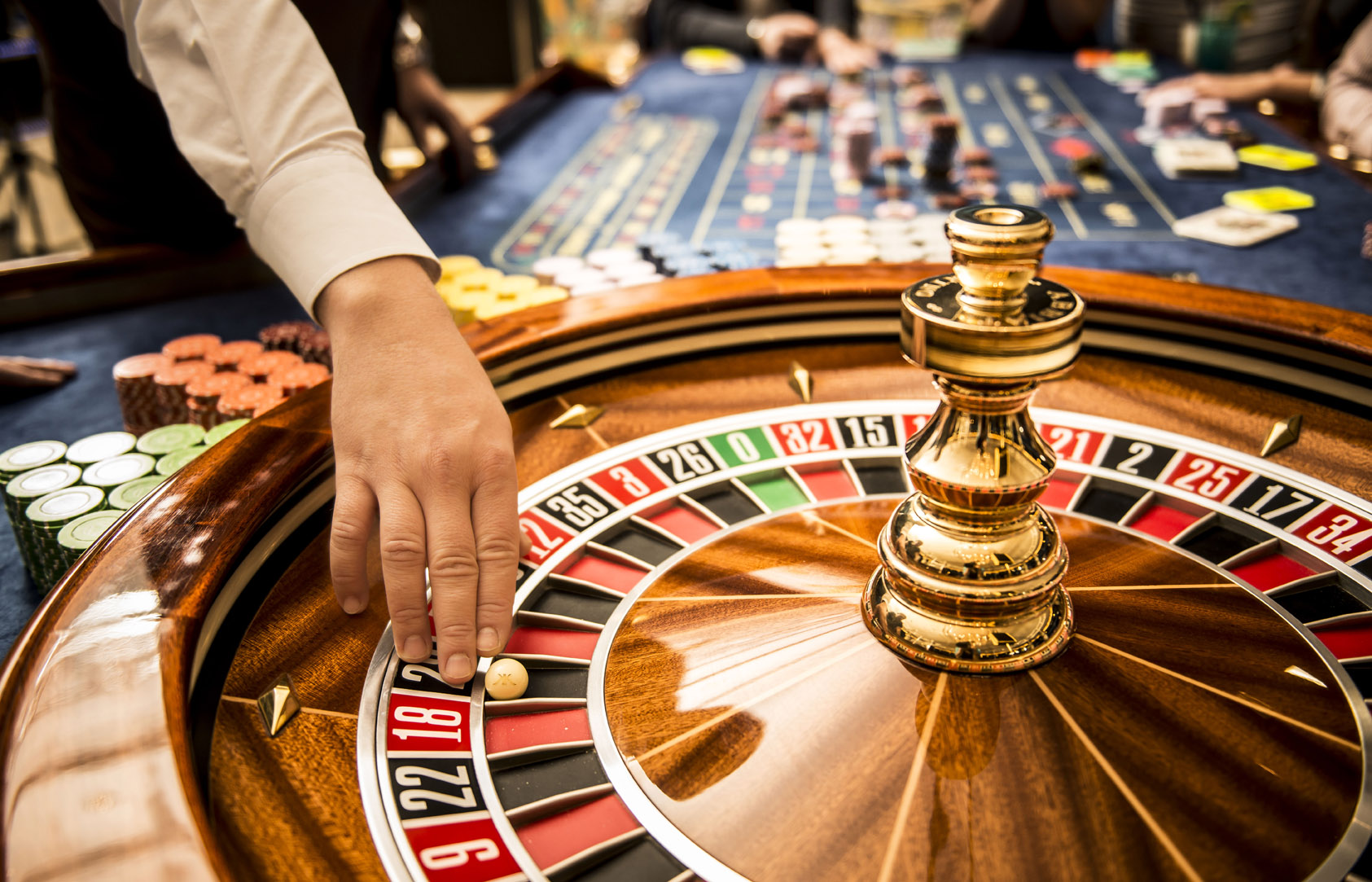The Psychology That drives Casino Game Design

Casino games have long captivated the human imagination, drawing participants into a universe filled with luck, tactics, and the allure of excitement. Each game is painstakingly crafted not just for entertainment, but also to inspire particular emotional responses that keep gamblers engaged and invested. Understanding the reasons behind these designs reveals much about how human psychology plays a crucial role in the gaming experience.
From the bright lights and vibrant sounds to the complex layering of rules and payoffs, casino games are designed to create an atmosphere of anticipation and expectation. Game designers leverage behavioral strategies to influence participant behavior, whether through the use of winning opportunities, near-miss scenarios, or social connections. By examining these aspects, we can better appreciate how casino games fulfill not just a want for entertainment, but underlying psychological needs for excitement and risk.
Understanding Player Actions
Casino games are designed with a deep grasp of gamer psychology, which is crucial for drawing in and keeping players. The excitement of the game, coupled with the expectation of winning, establishes a formidable draw. Game designers employ elements like sound effects, colorful graphics, and immersive gameplay to engage attention and evoke emotional responses. These sensory experiences enhance the immersive experience, making players feel more invested in the game. kjc
Another notable aspect of player behavior is the notion of risk versus reward. Casino games often manage high-risk scenarios with the potential for significant rewards, which can cause the phenomenon known as near-miss phenomenon. When players come within reach to winning, the brain secretes dopamine, reinforcing their behavior and encouraging them to persist playing in quest of that hard-to-reach win. This cycle of wish and disappointment plays a critical role in how games are structured and marketed.
Lastly, social elements also play a critical role in player behavior at casinos. Many games are crafted to be played in pairs or alongside other players, nurturing a sense of togetherness and shared experience. The interaction inherent in games like poker enhances enjoyment and can result in prolonged gaming periods. Designers leverage on this by crafting environments that invite players to stay, connect, and return, making the overall casino experience more attractive.
The Role of Imagery and Sound
Imagery and audio play a vital role in elevating the gambler’s experience within casino games. Designers utilize vibrant colors, striking graphics, and captivating animations to capture gambler’s attention and sustain their interest. The use of motifs, such as exploration or opulence, helps create an engaging atmosphere that transports players into a different world. By appealing to the senses, these elements contribute to a intensified emotional response, encouraging players to interact more deeply with the games.
Audio design is equally important in enhancing the overall experience of casino games. The mix of background music, audio effects for winning combinations, and ambient noises creates an auditory landscape that holds players enthralled. Audio cues associated with wins, such as ringing bells or celebratory music, evoke feelings of excitement and reward, prompting players to keep playing. These sound cues are strategically placed to enhance the thrill of the game and create a more engaging experience.
Moreover, the synchronization of visuals and sound is crucial for reinforcing the game’s overall theme and mood. Each element should align harmoniously to create a cohesive experience that draws players in. The effective use of this integration not only improves user enjoyment but also boosts the chances of repeat play, as players become more invested in the captivating world that the casino games offer. This thoughtful combination of visuals and audio ultimately enhances player engagement and loyalty.
Reward Systems and Participation
The design of casino experiences greatly relies on incentive structures to ensure participants involved and coming back for more. These systems are based in behavioral principles that exploit human nature and desire. Participants are often driven by the thrill of success, which is reinforced by immediate responses through the game structure’s design. This prompt satisfaction not just enhances the overall experience but also fosters a sense of success, prompting players to keep participating in hopes of greater rewards.
Casinos utilize various reward structures, such as jackpots, extra rewards, and increased rewards, to engage players. These features create a layer of thrill that sustains interest. Additionally, the unpredictability of outcomes plays a crucial role in keeping interest. The variable reward system, where wins are random but happen often enough, maintains players on edge and driven to keep playing. This cycle of anticipation and anticipation is essential to the effectiveness of gambling experiences.
Moreover, social elements, such as competitive events and collaborative options, enhance the participation factor by leveraging the competitive nature of players. The communal aspect of gaming with fellow participants can amplify the excitement of winning and create a sense of community within the casino. By combining these community elements with efficient incentive structures, gambling experiences don’t just provide entertainment but also nurture a stronger connection among participants, reinforcing their loyalty to the overall experience.
